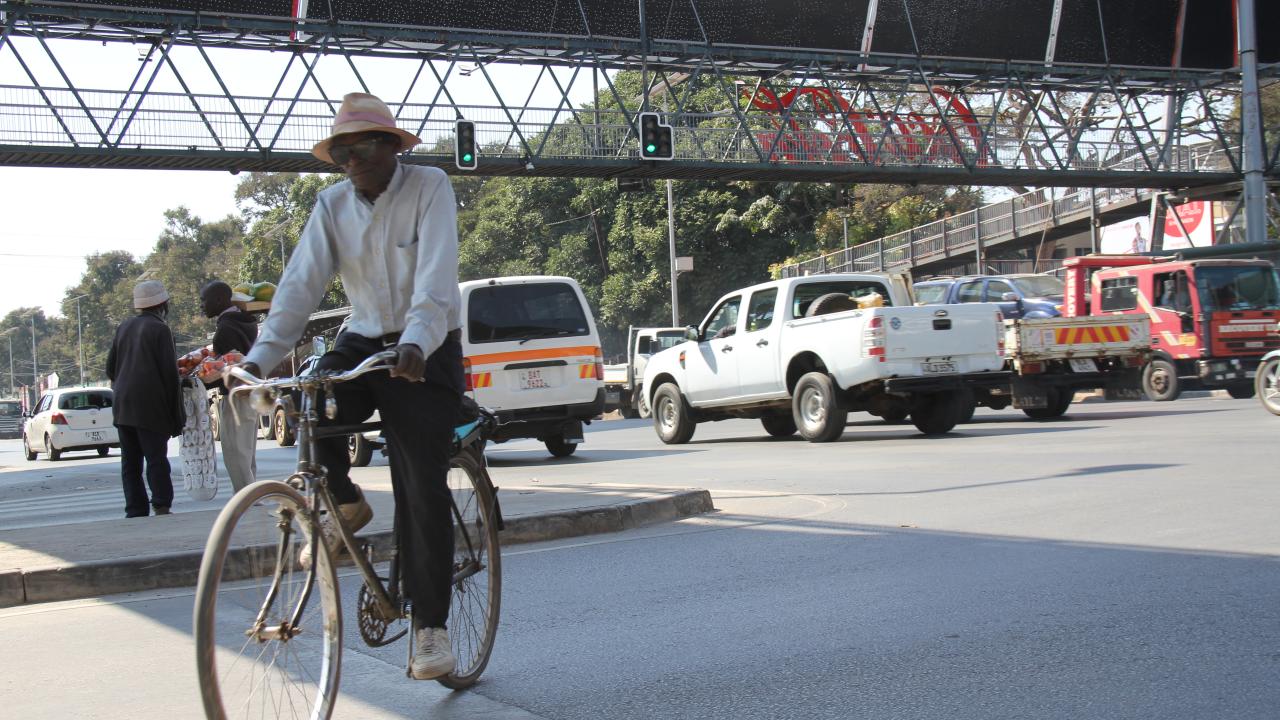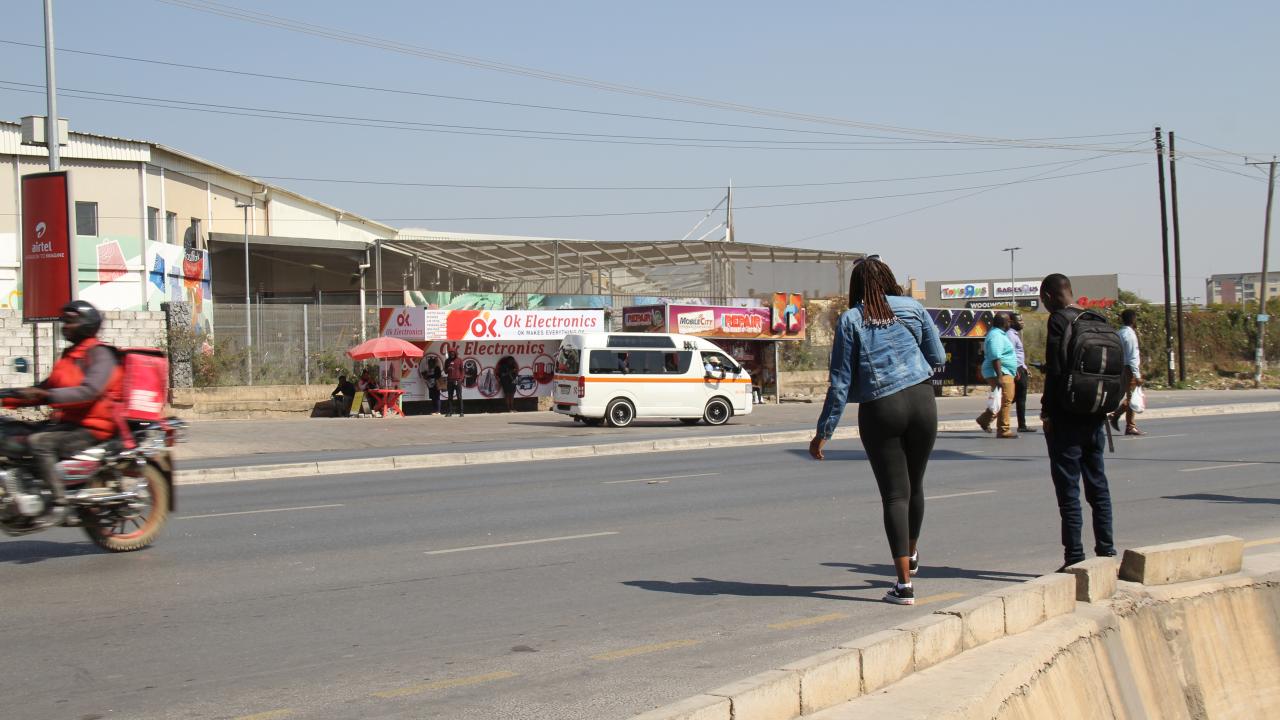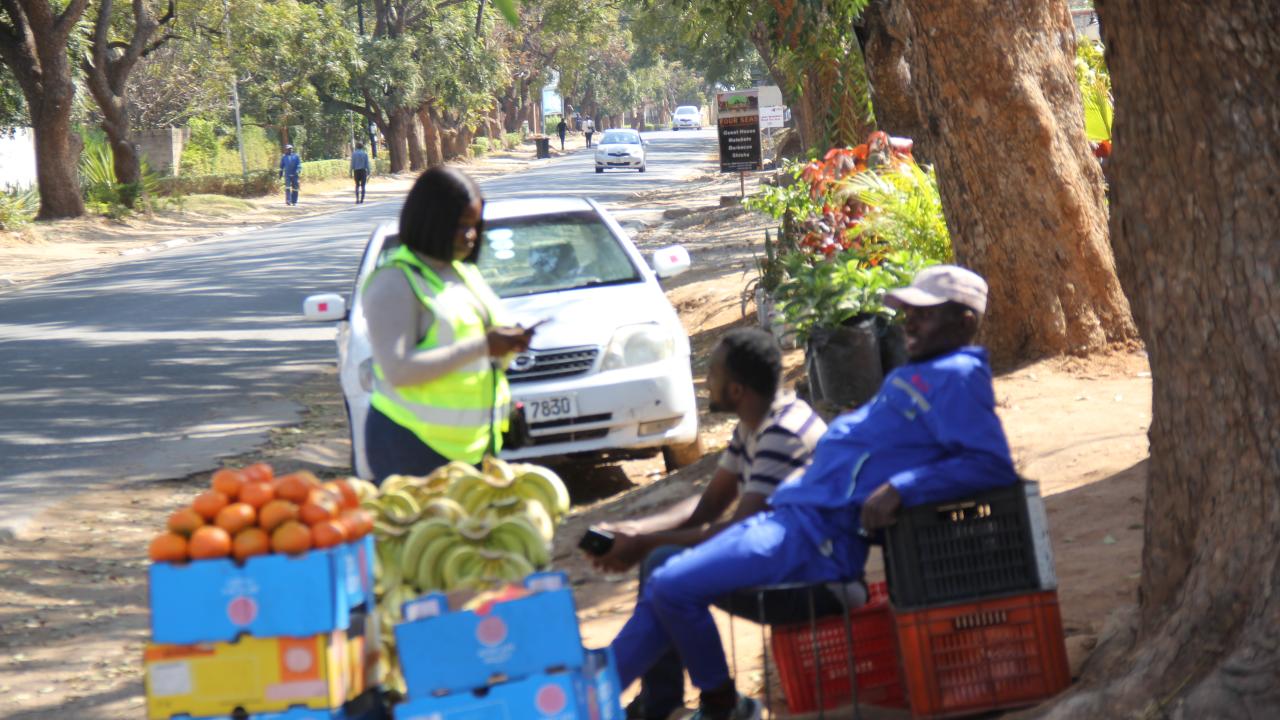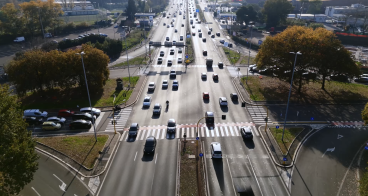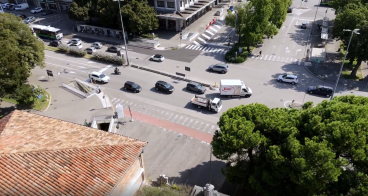Innovative solutions to advance road safety in Africa
A sustainable urban transport system not only saves lives but also makes our cities better places to live. Globally, road traffic injuries rank as the tenth leading cause of death, claiming approximately 1.3 million lives annually, with 90% of these fatalities occurring in developing nations. Moreover, an estimated 50 million individuals suffer injuries from road accidents worldwide each year, imposing substantial economic burdens on governments that amount to up to 3% of their GDP.
As cities rapidly expand, urban centres play a pivotal role in the current Decade of Action on road safety, with a goal of reducing road traffic deaths and injuries by at least 50% by 2030.
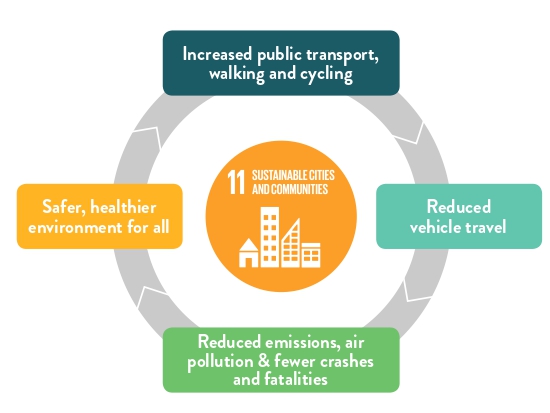
Road safety hazards in Africa
Africa faces a severe road safety crisis, with the continent experiencing the highest per capita rate of road fatalities globally. The Global Status Report on Road Safety 2013 estimated Africa's road traffic death rate at 24.1 per 100,000 people, compared to 18.5 in Asia and 10.3 in Europe. Nigeria and South Africa have particularly high fatality rates, with 33.7 and 31.9 deaths per 100,000 people per year, respectively. The crisis is projected to worsen, with road fatalities in sub-Saharan Africa expected to increase by 112% from 2015 to 2030, reaching approximately 514,000 deaths. This escalation contrasts sharply with projected reductions in other regions. Road traffic injury is not only a public health concern but also a major development issue, costing low-income and middle-income countries between 3% and 5% of their gross national product. Political commitment, institutional capacity building, and resource mobilisation are crucial for an effective response. Establishing and strengthening road safety lead agencies, integrating road safety into regional projects, and implementing systematic data management and vehicle safety regulations are key recommendations for addressing the crisis.
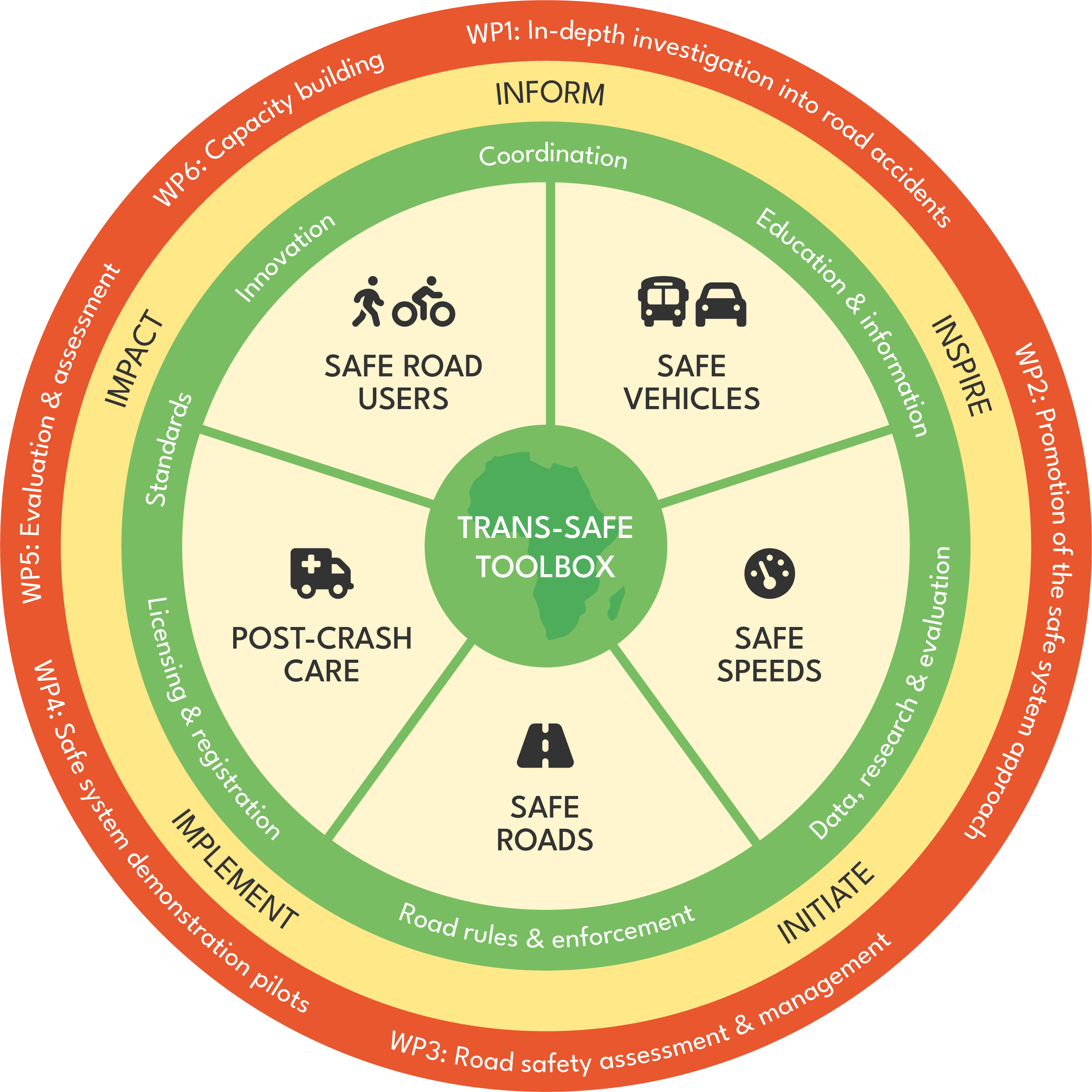
Lessons learned about road safety in Africa echo those from elsewhere, emphasising the critical need for effective management to mitigate fatalities and injuries. While the economic and social context may differ, the underlying causes of road accidents often stem from inadequate management of the road network, vehicles, and users. Despite progress, challenges persist, including fragmented projects, insufficient institutional capacity, and the need for accountable lead agencies. Efforts such as the Global Road Safety Facility's framework and the SSATP's (Africa Transport Policy Programme) guidelines for regional corridor projects offer pathways to address these challenges and strengthen road safety management across Africa.
Today, the Safe System approach has taken centre stage in road safety policy-making. This approach represents a significant paradigm shift, transferring the ultimate responsibility for road safety from individual road users to those overseeing various aspects of the transport system.
The footprint of the TRANS-SAFE project: integrating the Safe System approach in 4 African cities
TRANS-SAFE (Transforming road safety in Africa) is a project funded under the H2020 programme that aims to address road safety challenges in African continent, implementing the Safe System approach. The project intends to maximise the impact of safe systems solutions with road safety agencies and experts to drive policy actions in Africa. In the framework of the project, effective approaches for road safety development will be tested in 4 cities with the goal to create liveable, sustainable environments: Cape Town (South Africa), Kigali (Rwanda), Lusaka (Zambia) and Kumasi (Ghana).
Cape Town, South Africa had at least 10,611 fatal vehicle crashes in 2021, resulting in 12,545 fatalities: 42% of the fatalities were pedestrians, 28% passengers, 29% drivers, and 1% were cyclists. 85% of fatalities were due to human factors, 11% to road or environmental factors, and 4% to vehicle factors. Cape Town is leading 7 different demos on road safety: pedestrian highway crossing behaviour across motorways, driver behaviour based on financial incentives, safe walking for women, safe routes for school children, crash responder training, road safety invention costing and a design competition.
In Kigali, Rwanda, pedestrians, cyclists, and motorcyclists are the most vulnerable users, constituting 73 percent of the crash victims. Despite all these challenges, Rwanda has shown a clear commitment to making road safety a priority and is a frontrunner in the region. Rwanda, through the Rwanda National Police (RNP), is implementing comprehensive digital traffic management systems to automate enforcement, understand road use and decrease crashes. Meanwhile, digital health management information systems have demonstrated Rwandan capacity to manage the healthcare sector innovatively. Their demonstrations will further support this innovation, specifically looking at developing a road crash dashboard for standardising data, as well as a platform to improve safety for travelling to school, improving walkability, safe vehicles training and post-crash care training.
Zambia is one of Africa’s most urbanised countries. In the capital, Lusaka, walking and cycling are the most pre-dominant modes of transport. Those who can afford it, use public transport and paratransit, and some own cars. Since the liberation of public transport in the 1990s, there has been an influx of people investing in small minibuses to address the precarious public transport system at the time. This led to overcrowding of this form of transport on the roads of Lusaka, effectively causing traffic congestion, unruly driver behaviour, and unprecedented pollution levels. Lusaka’s demos focus pedestrian safety and driver behaviour with non-motorised user safety mapping, road traffic crash mapping to identify pedestrian risk zones, speed-mapping and post-crash response training.
According to Ghana’s National Road Safety Authority (NRSA) (2019), an average of 10,365 traffic crashes occurred annually in Ghana over the period between 1991 and 2019. Kumasi is implementing six demo-actions which include low-cost interventions, such as speed bumps, tabletop crossings, and rumble strips in places where speed is defined as an issue by road user mapping and police fine data. The demonstration projects will also include the smart traffic control technology will be used to manage speed and reduce collisions.
Improving walkability and pedestrian safety in Lusaka, Zambia
In Lusaka, most residents walk and cycle as their daily mode of transport. UNEP noted that the modal split of journeys includes walking (65%) playing a major role in daily mobility, 23% public transport, 10% private cars and 2% cycling (Comprehensive Urban Development Plan Report, 2009). However, Lusaka faces various challenges in getting these pedestrians safely and affordably between their homes, schools, and workplaces due to increased safety risks, harassment and theft, insufficient investments in safer NMT (Non-motorised transportation) infrastructure and low priority given to low-carbon transport (Sumper, 2017)¹.
Although a significant number of Lusaka residents rely on walking as their primary mode of transportation, the Road Transport and Safety Agency's (RTSA, 2022) accident report indicates that approximately three-quarters of all road traffic fatalities involve pedestrians. This is particularly true for women, children, and youths aged between 15 and 45.
Walking and cycling in Lusaka is increasingly being recognised as a clean, affordable and sustainable mode of transport and an essential part of rural and urban travel. With the many environmental and public health benefits that walking and cycling offers, there is increased investments in several projects and programmes to improve the safety, accessibility, and walkability experience of pedestrians.
As part of the TRANS-SAFE project, Walk21 and Zambia Road Safety, conducted a walkability study in Lusaka, Zambia, in December 2023. The aim of the study was to better understand pedestrian experiences in Lusaka and see how some elements and characteristics of the public space (environmental determinants) influenced such experiences, both in a positive and negative way. This information can greatly assist policy making to prioritise interventions that create safer walking environments. More than 1,000 people were interviewed, asking them to share their experiences, and to identify the environmental determinants that influenced them. Overall, the five most concerning or negative experiences in Lusaka were: unsafe crossings, poor drainage or protection from weather, speed of traffic, driver behaviour and fear of crime. The study paid special attention to the different needs and concerns of different pedestrians.
As a result, all data collected in was georeferenced and mapped across Lusaka to identify clusters of positive and negative experiences, while locating the most relevant environmental determinants that influenced such experiences. This can greatly assist Zambia Road Safety Trust to learn about the areas that were related to positive experiences and consider them as best practices to extend and implement in other places.
On the other hand, the study also identified areas related to concerns and negative experiences that can be prioritised for future interventions. The results of this study, when concluded, can also guide the type of interventions that are needed to improve these areas for all, for example, redesigning the physical street design or integrating traffic calming measures, or alternatively, whether wider measures towards public awareness and campaigns are required.
In a nutshell
Every year, over 1.3 million people worldwide lose their lives in road accidents, equivalent to one life every half a minute. Pedestrians are vulnerable road users and these fatalities can be avoided through safer pedestrian zones, curbing vehicle speeds, and investing in sustainable transportation alternatives.
Safeguarding pedestrians demands a multifaceted strategy that encompasses intelligent, inclusive road design, rigorous traffic law enforcement, swift post-accident response, and enhanced road safety education. It's a collective responsibility involving governments, planners, engineers, development partners, and road users alike.
In conclusion, the TRANS-SAFE project stands as a beacon of hope in the pursuit of sustainable road safety solutions. With a dedicated consortium and innovative approaches, it aims to inform, inspire, initiate, implement, and impact. Join the journey towards safer roads by visiting the project website and learn more about all the exciting activities that are being conducted in the framework of the project.
- Sumper E and Barker M (2017). Sustainable Urban Transport: Improving Mobility Conditions for Vulnerable Road Users in Sub-Saharan Africa. In: Leal Filho W, Belay S, Kalangu J, Menas W, Munishi P, Musiyiwa K (eds) Climate Change Adaptation in Africa. Climate Change Management. Springer, Cham.



